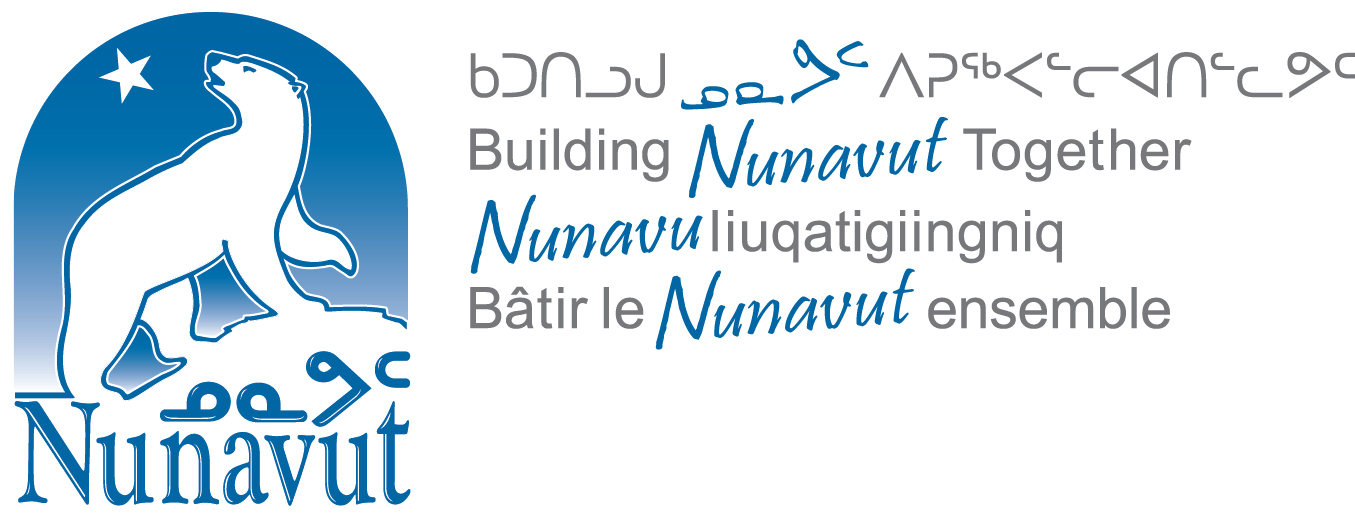Bilingual Education and Language of Instruction
The Government of Nunavut is committed to preserving, promoting and revitalizing Inuktut, and bilingual education plays an essential part in this. To achieve a proficient level of bilingualism, a coordinated approach, involving parents, students, teachers, Inuit organizations, government departments and the public is needed.
Today, District Education Authorities choose between three models of bilingual education to best meet their local needs. However, this multiple model approach, combined with the current shortage of qualified Inuktut-speaking teachers, has created significant inconsistencies between schools, negatively impacting the delivery of the education program and student assessment.
To improve instruction consistency and language proficiency, the Government of Nunavut is proposing amendments to both the Education Act and the Inuit Language Protection Act .
Our proposals:
- Develop a clear plan of action to support the extension of bilingual education deadlines, based on the Department of Education’s Inuit Employment Plan timelines.
- Include provisions that will allow the Government of Nunavut to deliver Inuktut instruction as capacity and resources expand.
- Establish new transitional bilingual education models to maximize Inuktut language instruction.
- Enable DEAs to choose a bilingual education model that can be supported by local teaching capacity.
- The Department of Education will have the ability to assign a language of instruction and time allocation to each subject by grade level. It will also determine teaching capacity for bilingual education, with DEAs enabled to request an explanation on the decisions on local teaching capacity.
- The Department of Education will report annually on the implementation of bilingual education in each community.
- Include the term "bilingual education" to help clarify the original intent of the Inuit Language Protection Act .
Main benefits:
- Improve consistency in the delivery of the curriculum and language proficiency.
- Improve flexibility to address and resolve the shortage of Inuktut-speaking teachers.
- Accurate and effective evaluation of student progress.
- Evidence-based decision making with respect to instructional minutes.
